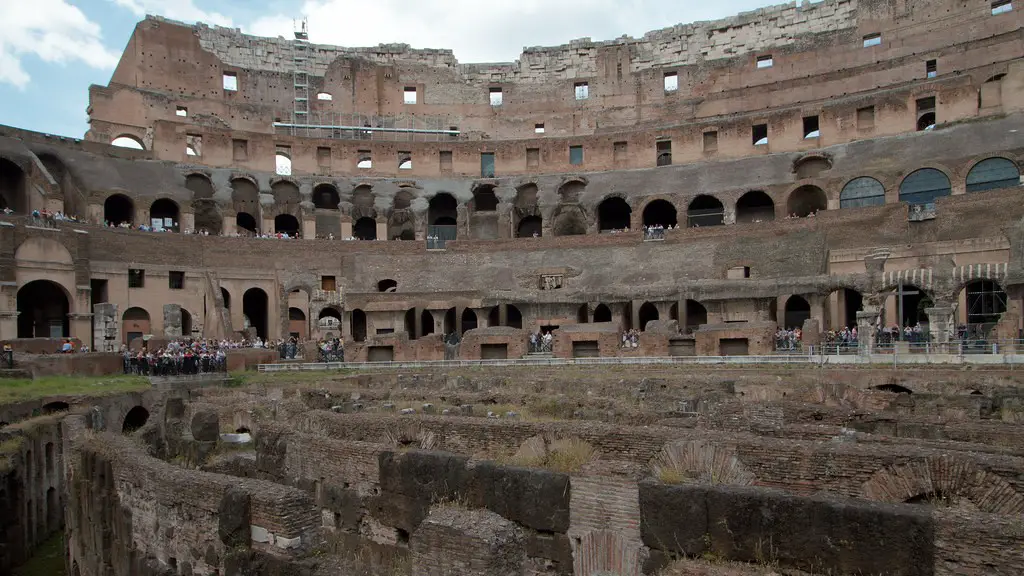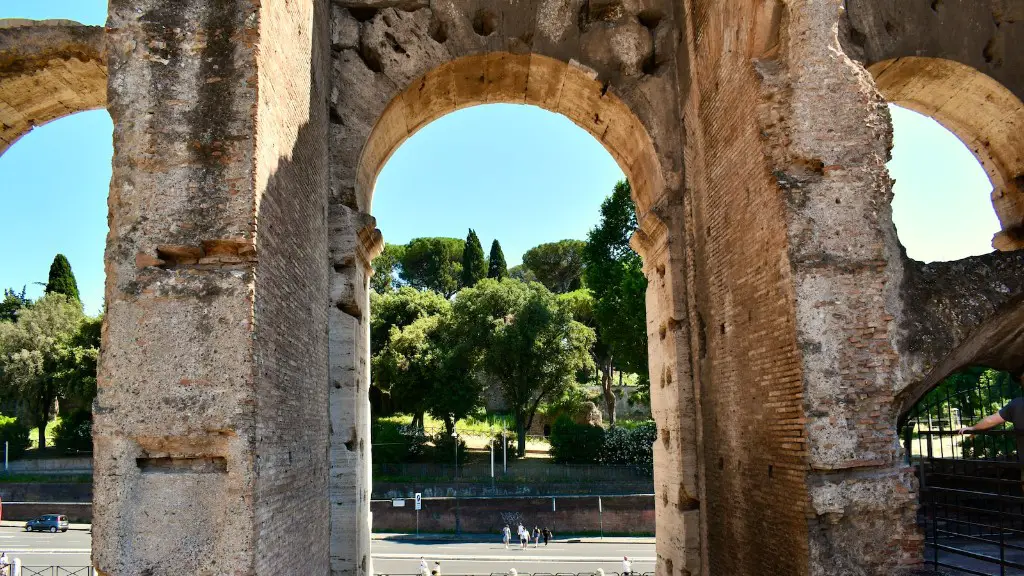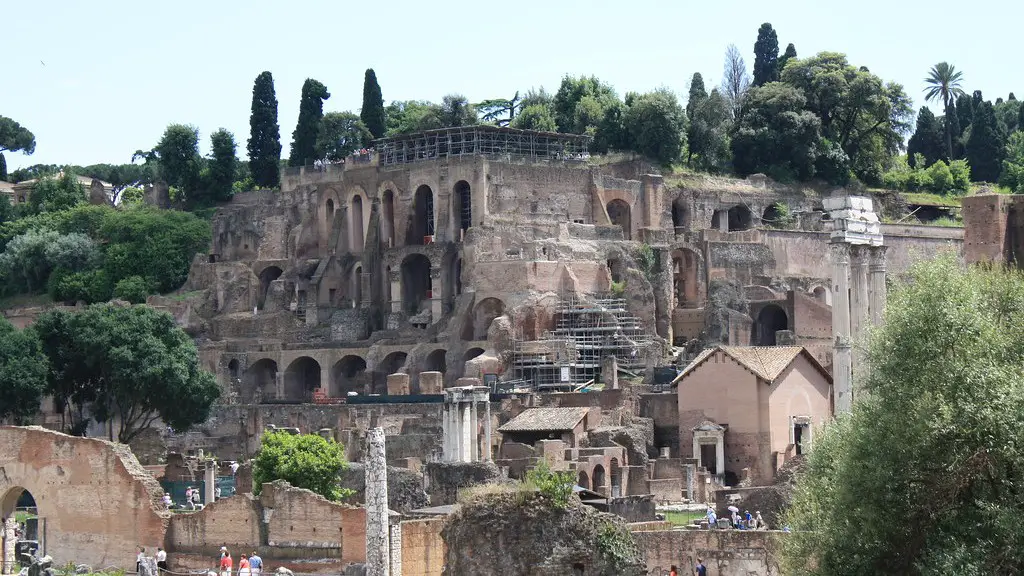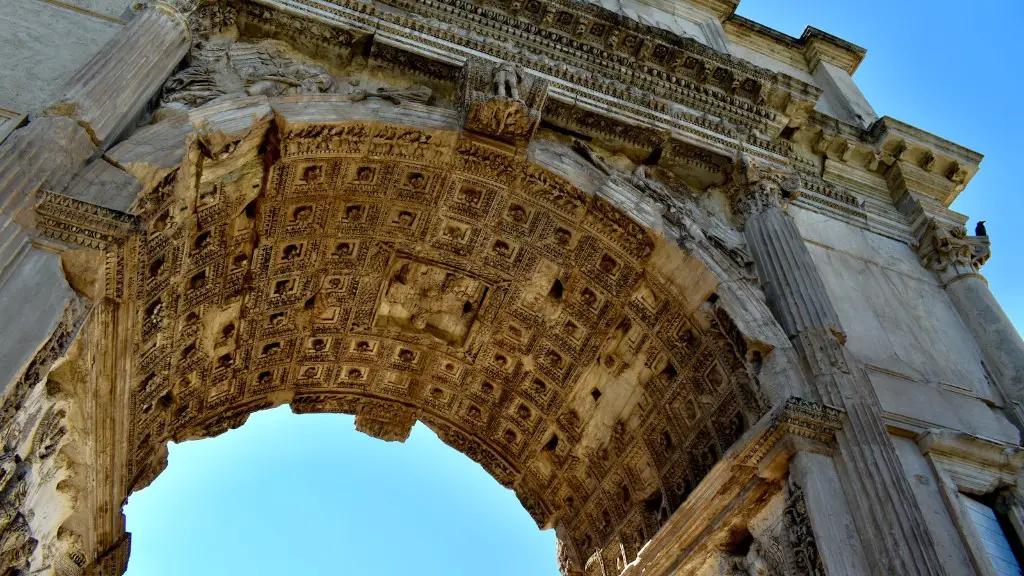Slavery has been a part of human society since ancient times. In ancient Rome, slaves were owned by the wealthy upper class and were used for labor, entertainment, and sexual services. Slavery was an accepted practice in Roman society, and there were no laws against owning or mistreating slaves. Most slaves were brought to Rome from conquered territories and were not given any legal rights or protections. They could be bought and sold, and their children were also considered slaves. Slavery was an integral part of the Roman economy and way of life.
Slavery was an integral part of ancient Rome, with slaves performing a variety of tasks and roles. Roman slaves were owned by both individuals and the state, and their duties ranged from domestic work and manual labor to more skilled jobs such as farming, manufacturing, and even prostitution. Slavery was not based on race, but on social status; however, the majority of slaves were captured foreigners. Slaves were considered property and had few legal rights, although some slave revolts did occur.
What is the connection between slavery and the Roman?
Slaves in Rome were considered property and had no legal personhood. This meant that most slaves would never be freed and could be subjected to corporal punishment, sexual exploitation, torture and summary execution. This was in contrast to Roman citizens who were afforded some legal protections.
It is estimated that there were around 30 million slaves in the Roman Empire at its peak. Slavery was an integral part of Roman society and it is thought that around one in three people in the empire were slaves. Slaves worked in a variety of settings, including private households, mines, factories, and on farms. They also worked for city governments on engineering projects, such as roads, aqueducts, and buildings. As a result, they merged easily into the population.
How did slavery impact the fall of Rome
The Roman Empire was one of the most powerful empires in the world for centuries. However, by the end of the empire, many of the problems that led to its decline were due to government and economic corruption. Rome’s economy was based on slave labor. By relying on slave labor, there was a large gap between the rich and the poor. The rich grew wealthy from their slaves while the poor could not find enough work. This led to unrest and eventually the fall of the Roman Empire.
The Roman empire was built on the backs of slaves. Slavery was a key foundation of Rome’s power, wealth, and influence. A great many enslaved people were put to work in agriculture, mining, and construction. This forced labor was a huge part of the Roman empire and was essential to its success.
What caused the downfall of Rome?
The most straightforward theory for Western Rome’s collapse pins the fall on a string of military losses sustained against outside forces. Rome had tangled with Germanic tribes for centuries, but by the 300s “barbarian” groups like the Goths had encroached beyond the Empire’s borders. In 410, the Visigoths sacked Rome itself. The Empire never recovered from these blows, and continued to lose ground to the “barbarians” until it finally fell in 476.
The Roman Empire was one of the most powerful empires in the world for centuries. But, by the 4th century AD, the empire was in decline. There are many reasons for the fall of Rome, but historians typically point to three main reasons: political instability, economic and social problems, and a weakening of the frontier or border.
Political instability was a big problem for the Roman Empire. There were constant internal conflicts, as well as invasions from external enemies. Economic and social problems also played a role in the decline of Rome. The empire was very large and difficult to manage. Additionally, there was a lot of corruption, and many people were very poor. The weakening of the frontier or border was also a factor. The Roman Empire was not able to protect its borders as well as it used to, and this allowed for invasions from external enemies.
All of these factors combined led to the fall of the Roman Empire.
What 4 main problems led to the fall of Rome?
A combination of severe inflation, barbarian invasions, debasement of the currency, civil wars, and destruction of farms, crops and cities all forced administrators to get more taxes from people. In some cases, this tax burden was so high that it caused revolts. In other cases, it caused people to leave their homes and move to areas with lower taxes.
So no, the rise of Christianity was not the sole cause of the fall of the western half of the Roman Empire but may have played a role in the larger picture. However, although Rome fell in 476 CE, that was not the end of the Roman Empire. In 395 CE, the Empire had been split for the last time in two.
What caused the Dark Ages
The Dark Ages were a time of great turmoil and change in Europe. The Roman Empire was weakening due to multiple invasions by barbarian tribes, and the power and influence of the Catholic Church was growing. Feudalism and feudal kings also rose to prominence during this time. Life was very difficult for most people during the Dark Ages, and it was a time of great upheaval and chaos.
The term Dark Ages was coined by the scholar Petrarch during the Renaissance. This time period began after the fall of the Western Roman Empire. The Dark Ages were called that name due to a supposed period of decline in culture and science. There was little written documentation from the period to prove otherwise.
Who defeated the Roman Empire?
Barbarian kingdoms had emerged in the western parts of the Roman Empire by 476. Odoacer, a Germanic barbarian king, deposed the last emperor of the Western Roman Empire in Italy. The Senate sent the imperial insignia to the Eastern Roman Emperor Zeno. This event signaled the end of the Western Roman Empire.
The Roman empire was one of the most powerful empires in the world for centuries. However, the empire eventually fell. There are many reasons why this happened, but the 5 main ones were invasions by Barbarian tribes, Economic troubles, and overreliance on slave labor, Overexpansion and Military Spending, and Government corruption and political instability.
Although the Roman empire was powerful, it was ultimately brought down by these internal and external factors. Learning about the fall of the Roman empire can help us to avoid making similar mistakes in our own societies.
Why did Rome convert to Christianity
The CEO of a major corporation has a vision. He’s been working on a deal for months, but he can’t seem to get it done. Suddenly, he has a vision of the future in which the deal is completed and he’s very successful. This gives him the motivation to push through and finally get the deal done.
Similarly, the major turning point for Christianity in the Roman Empire came in the form of a vision to the future unifier, Constantine. Constantine had been struggling to unify the empire, but he finally had a vision of success which motivated him to push through and finally achieve his goal. This event was nearly three hundred years after the death of Jesus, but it was a major turning point for Christianity nonetheless.
The Roman Empire was a polytheistic civilization that recognized and worshiped multiple gods and goddesses. The main god and goddesses in Roman culture were Jupiter, Juno, and Minerva.
Why did Romans fear Christianity?
Although Christians were persecuted for their refusal to worship the emperor, this was likely not the only reason for the general dislike of Christians. Christians also refused to worship the gods or take part in sacrifice, which was expected of those living in the Roman Empire. This likely contributed to the negative view of Christians, as they were seen as not participating in the common practices of the Roman people.
Lucius Septimius Severus was born in AD 145 in Lepcis Magna, Libya. He was the first African-born Roman emperor. He came to Rome shortly after turning 18 and Marcus Aurelius made him a senator. News of the deaths of Commodus (qv) and Pertinax (qv) reached Severus while he was in Upper Pannonia.
Why was there conflict between the Romans and the Jews
The great conflict between Rome and the Jews began in AD 66 when Nero was emperor. The Roman governor of Judea decided to take money from the Great Temple in Jerusalem. He claimed he was collecting taxes owed the emperor. When rioting broke out, Roman soldiers harshly put it down.
The Roman Empire was one of the most technologically advanced civilizations of antiquity. They had advanced concepts and inventions such as concrete, unusual for its time. However, much of this was forgotten during the turbulent eras of Late Antiquity and the early Middle Ages.
Conclusion
The Roman institution of slavery was a complex system of intricately interconnected social, economic, political, legal, and religious relationships. It was rooted in the concept of the paterfamilias, or head of the household, who had complete control over the lives of the people under his roof. Slavery was an integral part of Roman society and was a central pillar of the economy. The slave trade was a massive business and slaves were utilized in a variety of ways, from domestic servants to manual labor to sex workers. While the vast majority of slaves were non-citizens, there were a small number of free citizens who were enslaved as a result of war or debt. Slavery was a highly controversial institution and was the subject of much debate and legislation over the course of Rome’s history.
Slavery played a significant role in Ancient Rome. Slavery was a way of life in Ancient Rome and was an integral part of the economy. Slavery allowed for the Romans to have a labor force that was able to perform all kinds of tasks, from the most mundane to the most dangerous.





